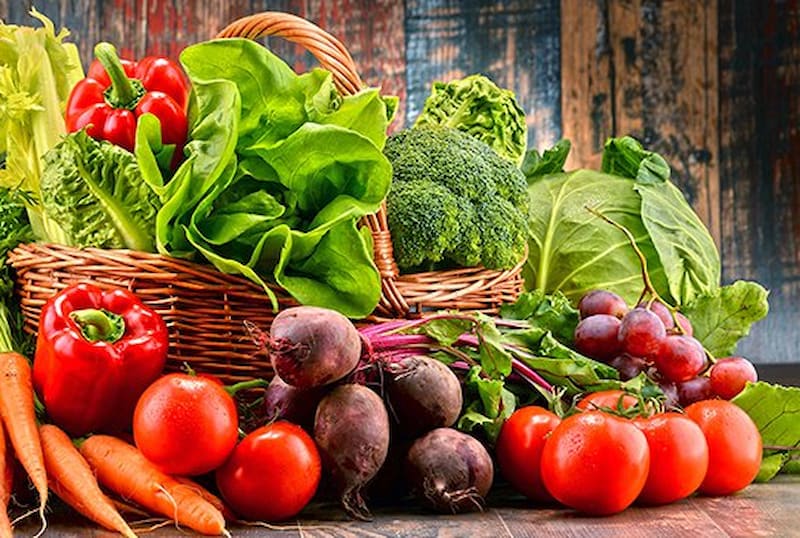The choices we make about what we eat play an important role in leading a healthier lifestyle. One approach that is gaining traction due to its many benefits is seasonal eating, which involves adjusting your diet to include fruits and vegetables that are currently in season. These methods not only improve the quality of dishes in terms of taste and nutritional value, but also support sustainable and environmentally friendly farming practices.
Seasonal fruits and vegetables are often praised for their flavor and nutritional value. When foods are grown and harvested in the appropriate season, they ripen in a completely natural way, resulting in a richer flavor and a greater concentration of antioxidants, vitamins, and minerals. This is in stark contrast to off-season foods, which are typically harvested before they are fully ripe and then transported long distances, which can reduce their nutritional value and flavor. Eating seasonally means enjoying food with maximum freshness and nutrient density, which can greatly contribute to your overall health and well-being.
In addition to the health and taste benefits, seasonal products contribute to environmental sustainability. Seasonal products require less human intervention in terms of artificial heating, lighting, and transportation, which not only reduces carbon dioxide emissions, but also saves energy and reduces pollution. In addition, by purchasing locally sourced products, you support local farmers and the economy by creating a community food system that benefits all stakeholders.
Understanding the seasonal availability of a product can seem like a daunting task, given the large differences in climate and growing seasons between regions. However, in most regions, a variety of fruits and vegetables are available at different times of the year. For example, in temperate climates, leafy vegetables and herbs grow in the spring, berries and stone fruits are abundant in the summer, root vegetables and apples grow in the fall, and citrus fruits and hardy greens grow in the winter. By familiarizing ourselves with the calendar of seasonal products in a particular region, we will be able to make an informed choice that corresponds to the principles of seasonal nutrition.
To incorporate seasonal foods into your lifestyle, here are some practical tips for local and seasonal shopping. Visit local farmers' markets and farmers' stands, join the Community Supported Agriculture (CSA) program, and always pay attention to country of origin labels when shopping at the grocery store. Collaborating with local farmers and producers can give you valuable insights into the best seasonal produce and inspire you to incorporate these ingredients into your meals.
